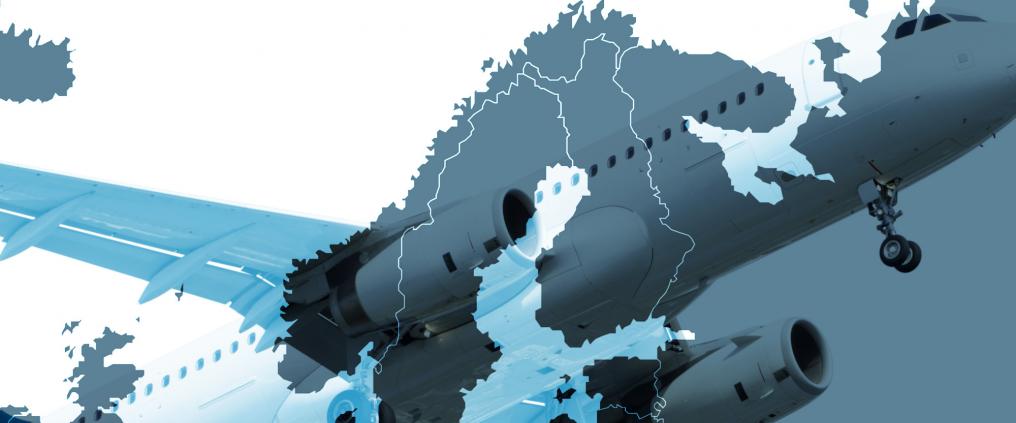Every airline used to be obliged to follow air corridors pre-allocated to them, but not necessarily any longer.
For example, an aircraft travelling from the US to the Middle East can now freely choose to fly through Russian airspace via Norway, Sweden, Finland, and Estonia.
'The Free Route Airspace is a joint initiative by Norway, Finland, Estonia, and Latvia, as well as Sweden and Denmark, and it is a step toward the Single European Sky (SES). It aims to enhance the safety and efficiency of the airspace, and to bring about a reduction in delays, costs, and emissions', says Raine Luojus, Director of Air Navigation Services for Finavia.
Airspaces based on functionality
The European Commission started to develop the Single European Sky proposal at the beginning of the 2000s to grow the capacity of the air traffic management system. Among other benefits, it enables more direct routes, shortens flight times, and cuts down on fuel consumption.
The potential is high, as air traffic is expected to double in volume from 2006 to 2025.
The establishment of functional airspace blocks (FABs) independent from national boundaries is one stage toward the Single European Sky.
The North European FAB includes Norway, Finland, Estonia, and Latvia, while Sweden and Denmark form their own functional airspace block.
'Airspace blocks are now defined on the basis of functions instead of national territories', Luojus explains.
Europe's largest is set to expand even more
The Free Route Airspace introduced in November is Europe's largest, and it will also cover the airspaces of Iceland, Great Britain, and Ireland within the next few years.
'At that time, the Free Route Airspace will extend from the Russian border to the Canadian border', Luojus concludes.
The creation of the Free Route Airspace has required tight cooperation between the companies in charge of air navigation services, and the governments and authorities of the countries involved. Finavia has also had to upgrade their equipment and train their personnel, but airlines haven't incurred any costs from the initiative.
The work accomplished so far has been praised by the Emirates airline from the United Arab Emirates, for instance, as their daily flights between Dubai and the US can now proceed directly from one coordinate point to another, even through Finnish airspace.



